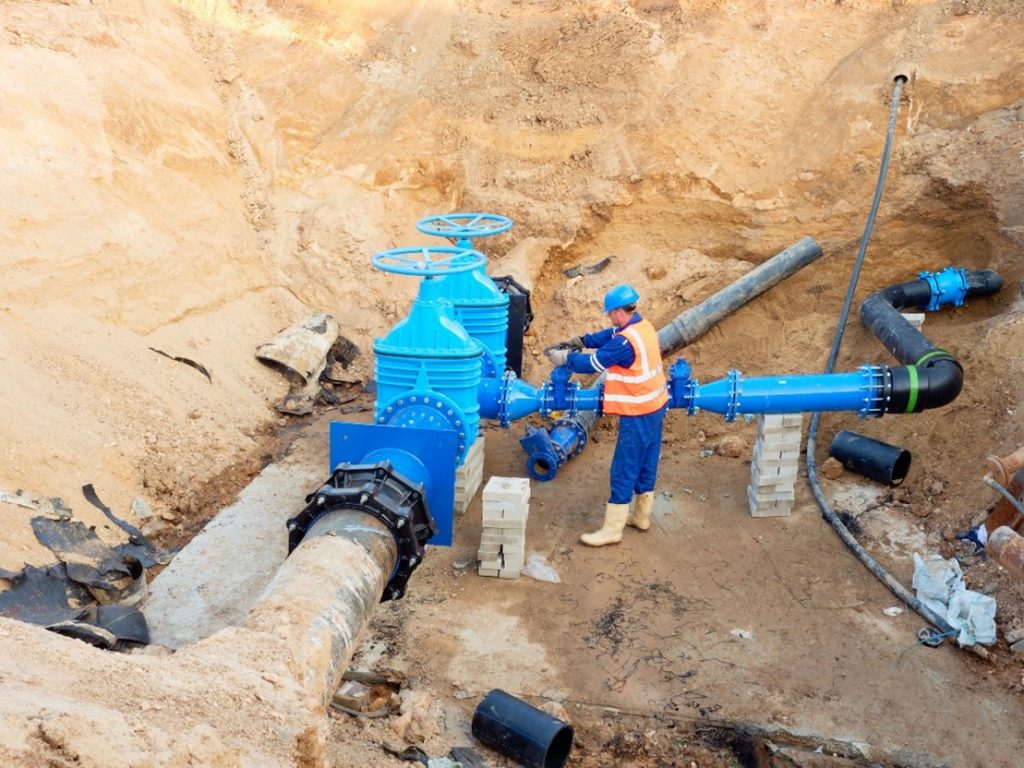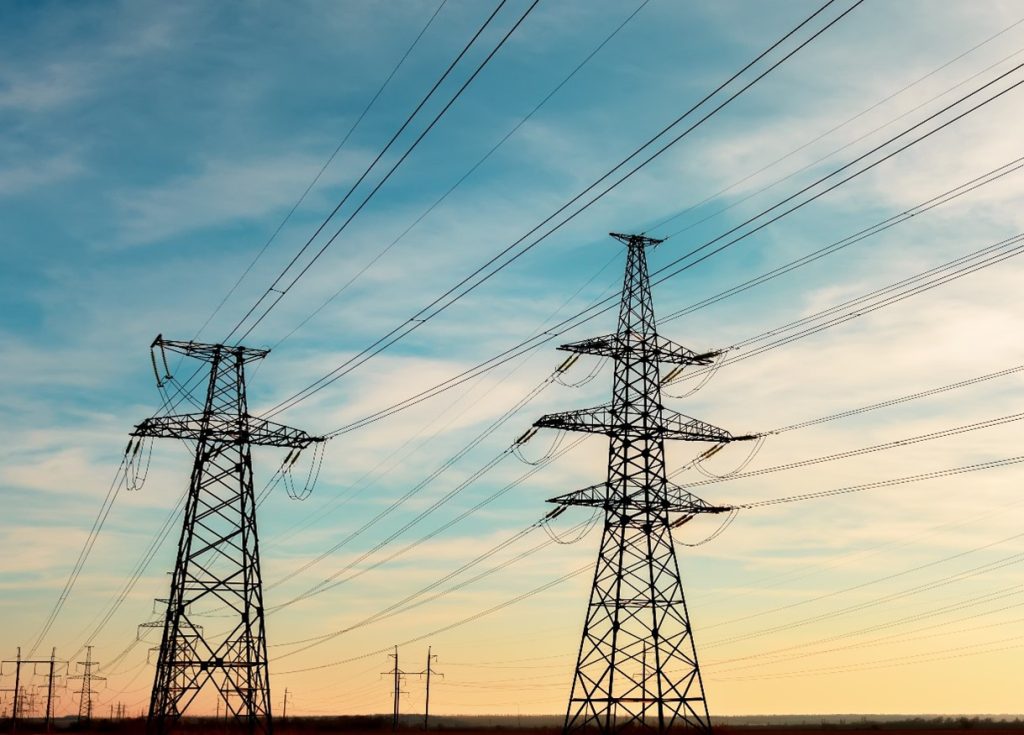Electrification in the energy sector is a major driver for green transition, but does this affect the pipeline infrastructure?
The European Commission has pledged to reach net-zero carbon emissions by 2050, and renewables-based electrification will be central to reach this goal.
As it stands electricity accounts for only 25% of the energy consumed by industry, transport, and buildings. The European Commission states it should cover at least 30% of the final energy demand in 2030 and at least 57% by 2050*. The increase of electrification and green transition includes predicting the impact of such a major turnaround on existing and new infrastructure integrity.
Green transition induce interference in pipelines
In line with more electrification in the energy sector around the world, intelligent use of remote monitoring of corrosion and cathodic protection of buried pipelines is recommendable as an integral part of continued safe operation.

The increase of electromagnetic fields generated by power lines will result in AC/DC interference to nearby metallic structures of pipelines. These induced voltages and currents can disturb the cathodic protection and affect the process of corrosion. This poses a risk of damage on critical infrastructure of buried pipelines carrying important resources such as biogas, hydrogen, water, or natural gas.

AC/DC interference is an increasing challenge for energy providers and pipeline operators, and at MetriCorr we gladly share our specialized experience in electrical interference and AC corrosion. Focusing on safe operation of large onshore pipeline networks, MetriCorr offers a complete monitoring solution for pipelines and other buried assets.
Read more about our buried pipeline solutions here:
https://www.metricorr.com/pipeline/
*Getting fit for 55 and set for 2050, etipwind.eu (2021).




